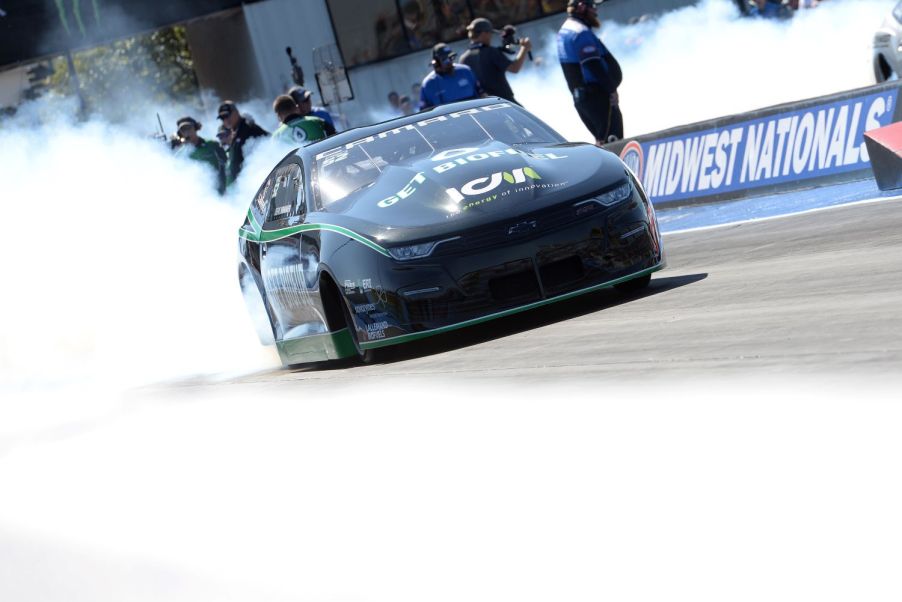
How to Outfit Your Car for Drag Racing
You may have seen the recent drag race between a Dodge Demon and a Shelby Super Snake. It was a surprising upset, as the Dodge had less power and more weight, yet still absolutely annihilated the Super Snake in both a dig and a rolling drag race. How was the Demon so dominant, while it demonstrated inferiority on paper? You can set up a car for straight-line speed, and that’s exactly what Dodge did.
Suspension is crucial to drag racing

Drag racing means traction at the rear as quickly as possible. This is achieved through the suspension. Softening the front springs and the shock rebound helps the front end lift off faster at launch, thereby transferring weight to the rear of the car, and maximizing traction. Coilover suspension can help make this process much easier.
Drag cars are all about power

Everything you’re doing with the suspension and tires, and later gearing, is to use every bit of horsepower as effectively as possible. Getting the launch right is paramount, so low-end torque might be more beneficial for something short like a quarter-mile or 0-60 run. One of the best ways to get low-end torque is a supercharger.
Where a turbo runs off of exhaust gasses, a supercharger is belt-driven off of the crankshaft and therefore has very little lag if any. However, for longer runs, higher RPM power is more important, so a turbocharger would be the weapon of choice. Choosing an alternative fuel with cooling capabilities like methanol or ethanol would help to squeeze any extra power and help prevent knock.
Gearing will shift the torque curve in your favor
Drag cars are fastest with rear or all-wheel-drive configurations. Either way, gearing plays an important part. For quarter-mile and 0-60 drag times, a lower gear ratio will help the car launch off of the line. Axle gears come with a number, and the bigger that number is, the lower the torque curve sits. Gear ratios also depend on how big the tires get. If you’re planning on getting bigger-diameter tires for your drag car, consider a lower gear ratio.
Tires, tires, tires

All the power in the world doesn’t matter if it can’t get to the ground, which is where the tires come in. Straight-up drag slicks are illegal on the street, but luckily there are options for the casual drag racer. Drag racing tires have soft sidewalls and tread to maximize grip, according to Tirerack. At the moment Micky Thompson tires seem to be the best option for street legal drag tires but are limited in selection.
Drag racing is within reach
One thing to consider is the car’s weight. Be sure to make the car as light as possible, but don’t skimp out on chassis reinforcement. Some frames don’t stand up well to lots of torque and can flex under acceleration. Mustangs for instance need subframe connectors in order to hold up against severe scrutiny from loads of torque. After that’s done, then consider the suspension, power, tires, and gearing.


